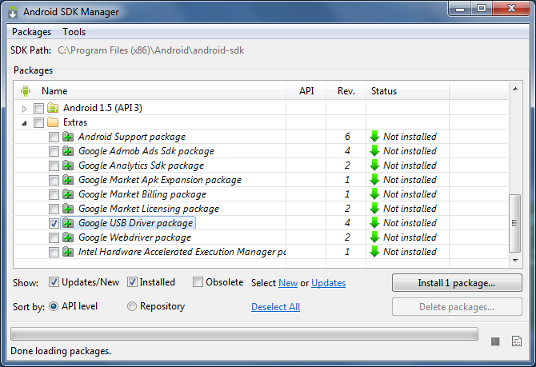


Download and Install the latest Release.If you have been using the Sdk Manager that is included with Android Studio, this should look and feel pretty familiar.Note that if you update SDK tools you need to edit /home/ubuntu/tools/bin/sdkamanager file again and add -XX:+IgnoreUnrecognizedVMOptions -add-modules .ee in the 31st line, as the mentioned above file will be fetched from the server and will become the default one. To update all packages, you can run: sdkmanager -no_https -update Note that package_name must be from available packages list and if you don’t use no_https flag it will throw the same error when we ran the sdkmanager -list command. For example sdkmanager -no_https -package_file=/path/to/package_file If you want to uninstall several packages you can add them to a file and use –package_file flag. To install package, run the following command: sdkmanager -no_https Install, update and uninstall packages using sdkmanager To list all installed, available packages and ones that have update we can run:

List installed, available packages and updates Once Android SDK has been installed we can use sdkmanager tool to view, install, update and uninstall packages for the Android SDK from terminal.


 0 kommentar(er)
0 kommentar(er)
